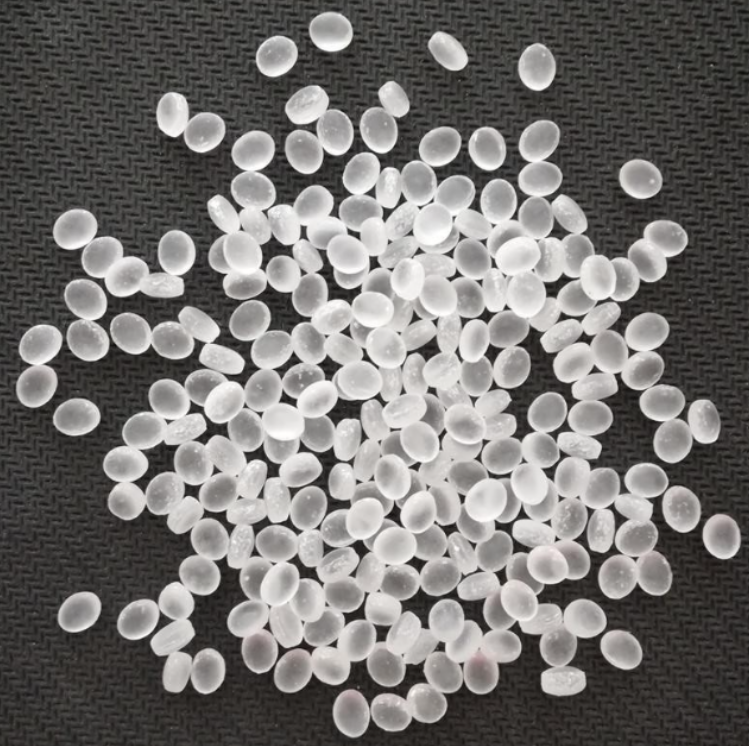October 26, 2024 – Global Petrochemical Capacity Faces Challenges Amidst Shifting Landscapes
The global petrochemical industry is currently grappling with a lull in capacity building, yet the overhang of excess capacity remains a persistent hurdle. Xiao Bing, Deputy Director of the Marketing Research Institute at Sinopec’s Economic and Technology Research Institute, highlights that future expansions in chemical products will predominantly emanate from Northeast Asia, the Middle East, and the India-Pakistan region, while consumption growth will be largely driven by Northeast Asia and India-Pakistan. Although the early phases of the 15th Five-Year Plan foresee a temporary respite in global petrochemical capacity construction, North America and the Middle East remain steadfast in their ambitions to expand, resulting in a partial overlap with China’s capacity-building cycle.
Amidst this backdrop of overcapacity, Southeast Asia and India are anticipated to witness notably robust consumption growth in petrochemical products, drawing resources from North America and the Middle East. Concurrently, the exit of high-cost capacities in Europe, Japan, and South Korea clears the path for growth in Middle Eastern and Chinese petrochemical products. However, the global consumption growth is limited, sufficient only to absorb a fraction of the excess supply. Furthermore, the ascendancy of circular economy principles and nations’ regulations restricting plastic consumption, particularly under the framework of the Resolution to End Plastic Pollution (Draft), pose threats to long-term plastic consumption targets.

Despite the global slowdown in petrochemical capacity construction, North America, leveraging its ethane resource advantage, is poised to lead in operations and profitability, according to Color Masterbatch Industry Network. By around 2030, China’s petrochemical sector is forecasted to reach its next peak of prosperity. Presently, most chemical products in China are in a state of equilibrium or even excess, yet the construction of petrochemical capacity remains unabated, with substantial ethylene capacity slated for development during the 15th Five-Year Plan. With inadequate domestic consumption, China’s export market for petrochemical products is accelerating, shaping a market model characterized by balanced imports and exports.
Confronted with overcapacity and profitability pressures, China’s petrochemical industry is seeking a consumption fulcrum to rebalance the market and initiate an “L”-shaped industry recovery process. Reconstruction and transformation under total capacity control are the future keynotes for China’s petrochemical and chemical industry. The growth of the past 20 years was primarily fueled by industry expansion, whereas the recent decline in fixed asset investment signals the industry’s maturation towards a more developed market cycle.
In terms of capacity ceilings, China’s refining capacity will be capped at 1 billion tons per annum, ethylene at 95 million tons per annum, and PX at 50 million tons per annum. Achieving reconstruction and transformation necessitates advancing industrial upgrading, technological innovation, green low-carbon practices, digitalization, capacity exports, and park-based development, among others.

Despite numerous challenges, China, as the world’s largest consumer market for new chemical materials, is poised to further increase its market share. The rapid development of sectors such as photovoltaic, new energy, and electronic information will offer extensive market opportunities for new chemical materials. Additionally, basic chemicals still hold promise, with investment potential across olefin and aromatic hydrocarbon chains. For instance, with improved ethylene supply, downstream opportunities abound; the propylene chain, though largely oversupplied, retains room for high-end and refined development; in the benzene sector, while pure benzene boasts high profits, styrene overcapacity necessitates the cultivation of integrated and diversified competitiveness.
Overall, China’s petrochemical industry, while contending with overcapacity and profitability pressures, harbors new development opportunities. Through total capacity control, industrial upgrading, and transformation, the industry is expected to achieve supply chain rebalancing and value chain reconstruction, propelling sustained and healthy development.














